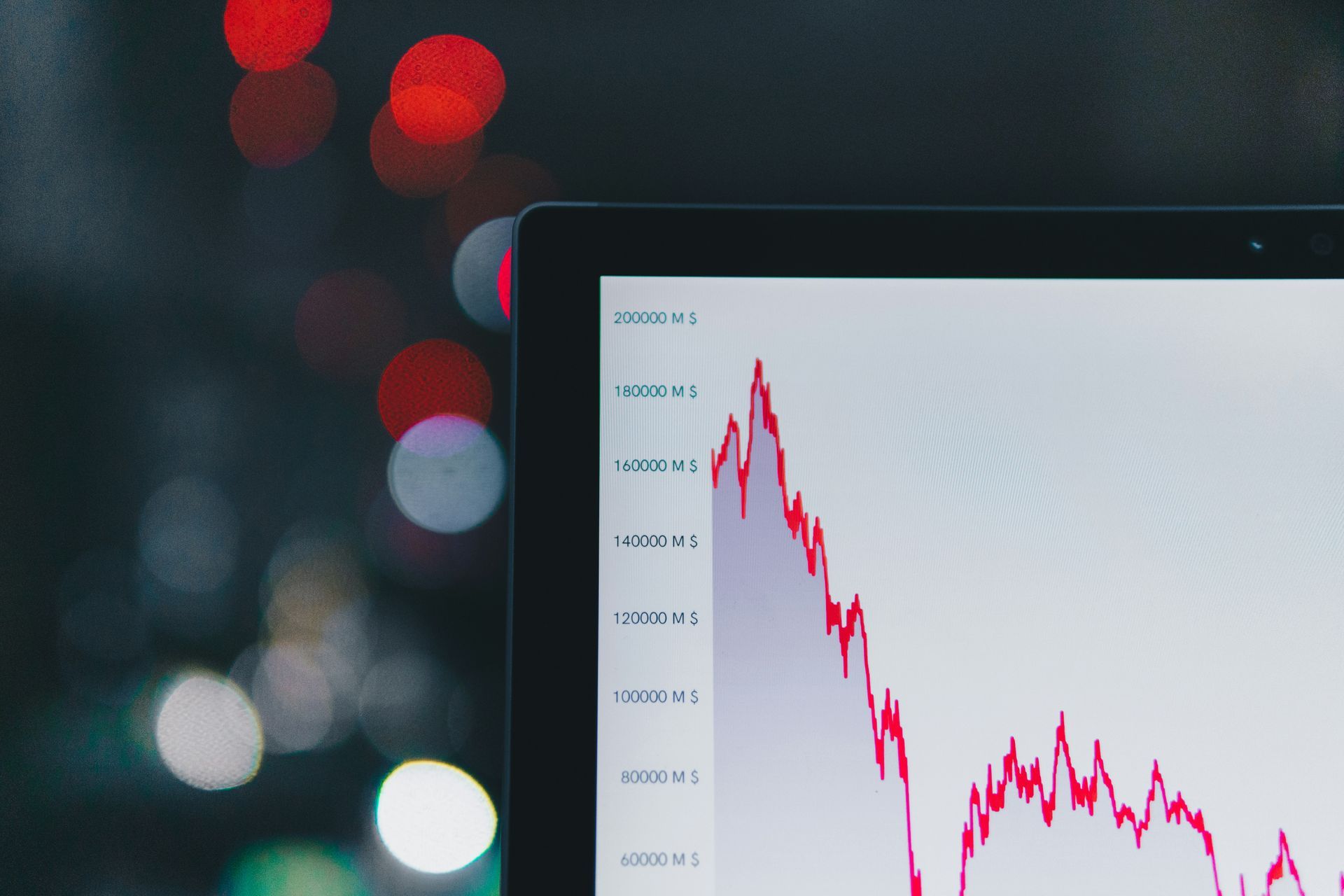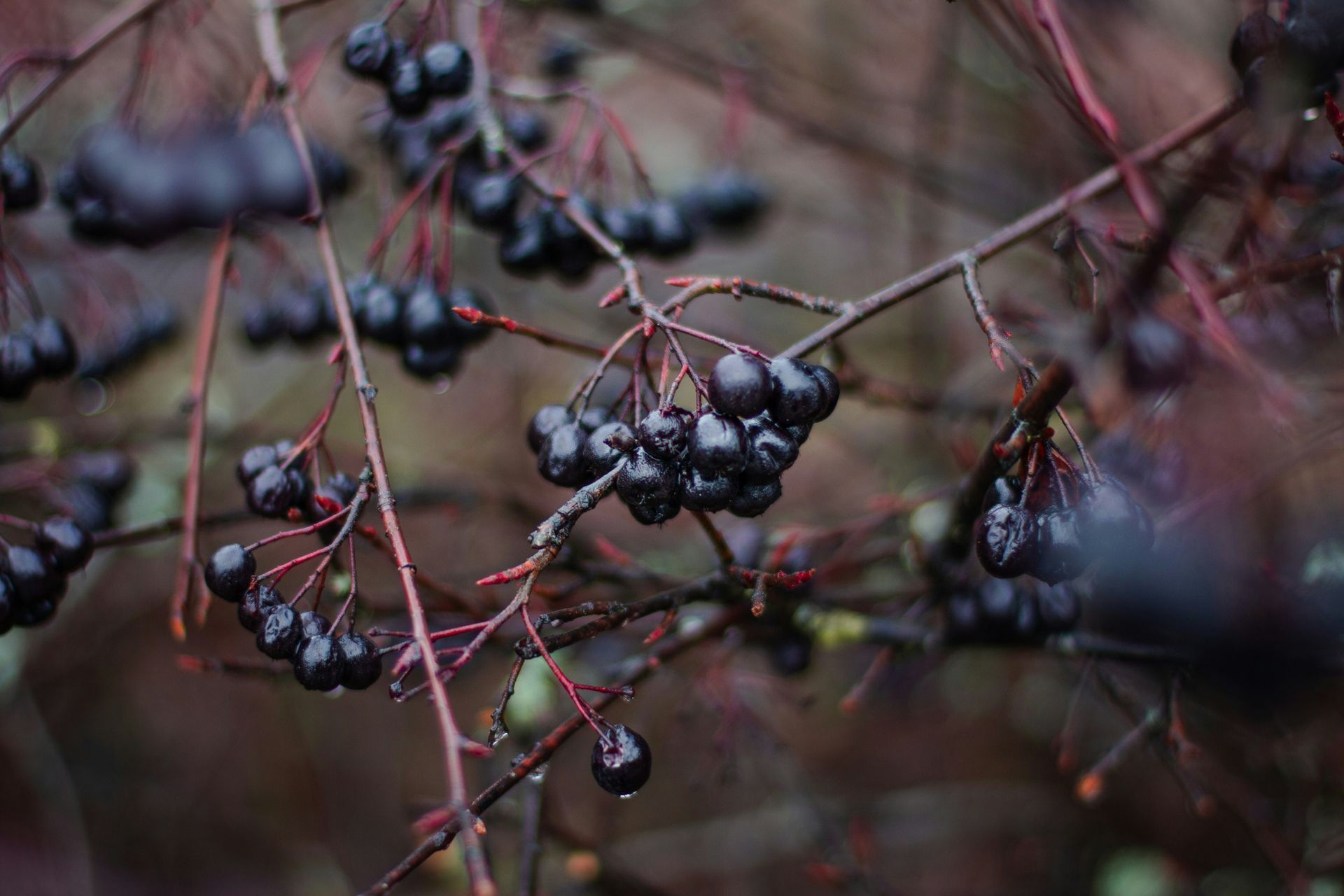Child labor and illegal gold mining in Ghana
Ghana is Africa’s largest gold producer and has a substantial artisanal and small-scale mining (ASM) sector alongside large-scale industrial mines.
In Ghana’s ASM sector - locally called galamsey - child labor is a documented problem. Thousands of children, often between the ages of 10 and 17, work in unlicensed gold mines across the country.
In 2023–2024, rising gold prices drove even more people, including youth, into unlicensed mining, despite government crackdowns.
By 2024, about 40% of Ghana’s gold output was attributed to small-scale miners, though an estimated 70–80% of these operations remained unlicensed and operated illegally.

Child labor in Ghana’s gold mines is principally a result of poverty, lack of educational opportunities, and the demand for cheap labor in informal mining.
Children typically migrate or are sent from poorer regions to mining areas in the hope of earning income. Some are trafficked or bonded to labor by intermediaries, qualifying as forced labor or exploitative child labor under international standards.
Hazardous Working Conditions for Children
Child miners in Ghana endure hazardous conditions. They descend into deep, hand-dug shafts or pits that are prone to collapse, carry heavy loads of ore, and process gold with toxic chemicals. Children as young as 9 years old have been found working long hours to pull gold ore out of shafts, crush and pan it, and handle mercury to extract the gold.
Mercury exposure is a grave health hazard. Children inhale mercury fumes when the amalgam is burned and handle mercury with bare hands, risking neurological damage. Many child laborers also suffer from dust inhalation, leading to respiratory issues, injuries from sharp tools or falling rocks, and exhaustion from physically taxing workdays.
Girls who work at or around mining sites, often selling food or water to miners, face dangers as well, including a risk of sexual exploitation by older miners.
Informal Gold Trade and Lack of Traceability
The gold from unlicensed galamsey sites often bypasses official channels. According to Ghana’s Minerals Commission, most galamsey gold is smuggled out of the country, meaning it does not go through Ghana’s formal export processes or incur royalties.
Instead, this gold may be sold clandestinely to local buyers and traders who aggregate it. These traders might then illegally ship gold out through neighboring countries or sell to illicit buyers who export it, for instance, to Dubai—a known destination for informally mined gold from West Africa.
Even within Ghana, traceability is weak in the ASM gold supply chain. Local traders purchasing gold at or near mining sites often take little to no precaution to determine if the gold was produced through child labor. In some cases, traders bought gold directly from children working in the mines.
Ghana and the Gold Supply Chain
Ghana’s own small refineries and buying agents, including a government-owned gold trading company, have insufficient due diligence procedures to filter out gold tainted by child labor.
International refiners and manufacturers, unless they have rigorous sourcing audits, may unwittingly be buying Ghanaian gold that was mined by children or under other abusive conditions. Weak due diligence by international refiners enables child-labor-tainted gold from Ghana to reach global markets.
Several gold producers operating in or sourcing from Ghana have begun acknowledging the risks of modern slavery in their supply chains, though meaningful oversight remains inconsistent—particularly in the informal sector.
Galiano Gold, a Canada-listed company with operations in Ghana, stated in its 2024 report that while the overall risk of modern slavery is considered low, vulnerabilities persist in Tier 2 and Tier 3 suppliers. Similarly, IAMGOLD has conducted risk assessments for forced and child labor, outlining supplier due diligence efforts in its modern slavery statement. AngloGold Ashanti, which operates the Obuasi mine, has also explicitly addressed modern slavery concerns in its 2024 sustainability reporting.
These corporate disclosures indicate growing recognition of systemic risks, yet the depth and effectiveness of these assessments—particularly when it comes to detecting abuses in informal supply chains—remain limited and difficult to verify.



